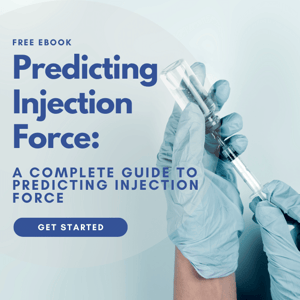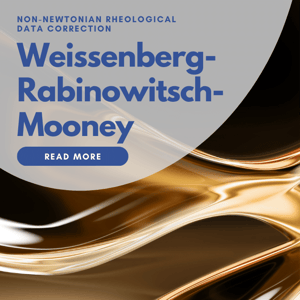
2022 Protein Formulation & Characterization Forum
Webinar Download
2022 Protein Formulation & Characterization Forum
The Power of Viscosity
RheoSense hosted Protein Formulation & Characterization Forum Session Recordings.
This single day event brought together a noteworthy panel of speakers to share their expertise in protein characterization, including drug development, formulation, stability, and injectability. The expert presentations and Q&A session recordings are a MUST DOWNLOAD for anyone working in biopharmaceutics, research and development and and other protein formulation position!

.jpeg?width=300&name=Woman%20scientist%2c%20documents%20and%20hands%20writing%20_575258496-min(1).jpeg)
TOUCH
Read
Applications
ReadApplications

Read
Testimonials
ReadTestimonialsGo to page

Browse
Webinars
Browse WebinarsGo to page
.png?width=200&height=58&name=RheoSense%20Logo%20(REGISTERED).png)



